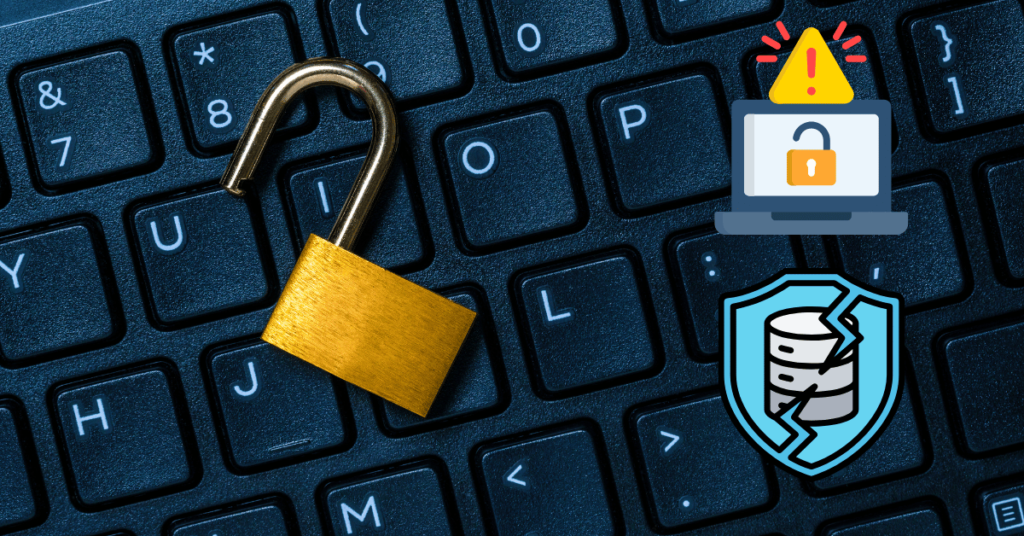With the rapid growth of digital technologies, cyber threats have become a significant concern for businesses of all sizes. Cyber insurance policies are specifically designed to provide financial protection against a variety of cyber risks, helping businesses mitigate potential losses and recover from incidents. This article explores the primary cyber risks that cyber insurance policies cover and explains how these protections can benefit your business.
1. Data Breaches
One of the most common cyber risks covered by cyber insurance policies is data breaches. A data breach occurs when sensitive, confidential, or protected information is accessed, disclosed, or stolen by unauthorized individuals.
Coverage Includes:
- Notification costs for informing affected parties, which may be legally required.
- Credit monitoring services for impacted customers to prevent identity theft.
- Legal fees and fines from regulatory authorities.
- Public relations costs to manage brand reputation after a breach.
Data breaches can be particularly damaging for businesses that handle sensitive information, such as personal identification numbers, healthcare information, or financial data.
2. Ransomware and Cyber Extortion
Ransomware attacks involve malicious software that encrypts a company’s data, making it inaccessible until a ransom is paid. Cyber extortion can include other threats like DoS (Denial of Service) attacks, in which an attacker demands a ransom to avoid or stop the attack.
Coverage Includes:
- Ransom payments if necessary, with guidelines from insurers or experts.
- Costs of system restoration to recover lost data and remove ransomware.
- Crisis management services to handle the attack’s immediate effects.
The high frequency of ransomware incidents makes this a critical component of most cyber insurance policies, especially for businesses with valuable digital assets.
3. Business Interruption Due to Cyber Incidents
Business interruption coverage provides financial protection if a cyberattack forces your business to halt operations, resulting in revenue loss.
Coverage Includes:
- Lost income compensation for the duration of the interruption.
- Extra expenses for operational continuity, such as additional staffing or technology.
- Extended coverage for losses incurred after normal operations resume.
This coverage is crucial for businesses that rely heavily on continuous online operations, such as e-commerce sites or financial institutions.
4. Network Security Failures
Cyber insurance also covers risks associated with network security failures, which can include malware infections, unauthorized access, or system malfunctions. These events can lead to data loss or leakage and can compromise system integrity.
Coverage Includes:
- Response and recovery costs to address the failure and secure systems.
- Forensic investigation expenses to determine the source of the breach.
- Legal costs if clients or third parties are impacted by the network security failure.
By covering network security failures, cyber insurance helps businesses manage the aftermath of security incidents and restore operations more swiftly.
5. Phishing Attacks
Phishing attacks are attempts by cybercriminals to trick employees into disclosing sensitive information, such as login credentials or bank details, by pretending to be legitimate sources. These attacks often lead to unauthorized access or data breaches.
Coverage Includes:
- Incident response services to mitigate the impact of the attack.
- Employee training resources for phishing awareness (provided by some policies).
- Legal fees if phishing leads to data exposure that affects third parties.
Phishing is one of the most common cyber threats, particularly for businesses without strong cybersecurity awareness programs.
6. Social Engineering and Fraud
Social engineering attacks exploit human psychology to manipulate employees into giving up confidential information or transferring funds to fraudulent accounts. These attacks are often carried out via email, phone, or social media.
Coverage Includes:
- Financial losses from fraudulent transfers and scams.
- Investigation costs to identify the source of fraud and prevent future incidents.
- Legal defense and settlements if customers or partners are affected.
Social engineering fraud coverage is especially important for businesses in finance and retail, where fraud risks are high.
7. Cyber Theft and Funds Transfer Fraud
Cyber theft involves unauthorized access to company funds or financial information. Funds transfer fraud is a specific type of cyber theft in which attackers use cyber tactics to transfer money from the company’s bank accounts.
Coverage Includes:
- Reimbursement of stolen funds due to cyber theft.
- Forensic investigation to understand the breach and recover lost assets.
- Third-party liability if the fraud impacts customers or partners.
This coverage is critical for protecting businesses from financial losses directly tied to cyber theft.
8. Third-Party Liability
Cyber insurance typically includes third-party liability coverage to protect businesses from claims and lawsuits filed by external parties, such as customers, clients, or business partners, who suffer damages as a result of a cyber incident affecting your business.
Coverage Includes:
- Legal defense costs for lawsuits related to data exposure or cyber incidents.
- Settlements and judgments for claims of negligence or security failures.
- Privacy liability coverage if personal information is exposed.
Third-party liability is essential for companies that handle customer data or rely on partnerships, as it mitigates the risk of costly lawsuits.
9. Regulatory Fines and Compliance Penalties
Many cyber incidents, particularly data breaches, may result in regulatory fines or compliance penalties if your business fails to meet data protection standards, such as GDPR or CCPA requirements.
Coverage Includes:
- Fines and penalties levied by regulatory bodies.
- Legal representation to negotiate with regulatory authorities.
- Compliance assistance resources to help avoid future penalties (available in some policies).
This aspect of coverage is especially important for businesses that operate in regulated industries, like finance, healthcare, and technology.
10. Media Liability and Reputation Management
Cyber incidents can damage a company’s reputation, especially if they result in public exposure or media coverage. Media liability coverage protects businesses from claims related to online content, while reputation management services help mitigate reputational damage.
Coverage Includes:
- Public relations and crisis management to handle media exposure and manage public perception.
- Legal costs for claims related to online content, such as copyright infringement.
- Repair of brand reputation through marketing and public relations efforts.
For companies with an established online presence, media liability and reputation management coverage are essential to maintain customer trust.
Conclusion
Cyber insurance policies offer essential protections for businesses against a range of cyber risks, from data breaches to business interruption and regulatory fines. By understanding these coverages, you can ensure your business is protected against the financial impact of cyber threats. Selecting a policy that aligns with your business’s unique risk profile can provide peace of mind and help you recover swiftly in the event of an incident.
So that was all about this article. If you have any further questions feel free to comment down below!
FAQs
What is the most common type of cyber risk covered by cyber insurance?
Data breaches are among the most common types of cyber risks covered by cyber insurance. Most policies include coverage for data breach response, notification, and recovery.
Do small businesses need cyber insurance for all these risks?
Yes, even small businesses can benefit from cyber insurance. Cyber incidents impact businesses of all sizes, and small businesses are often less equipped to handle the financial impact.
Is business interruption always covered in cyber insurance policies?
Not all cyber insurance policies include business interruption coverage. It’s best to check with your provider to ensure this is part of your policy.
How can a business reduce its cyber insurance premiums?
Implementing strong cybersecurity practices, such as employee training and multi-factor authentication, can help reduce insurance premiums. Insurers may offer discounts for proactive security measures.
For more details on cyber risks and coverage, visit NIST’s Cybersecurity Framework or consult with an insurance professional to tailor a policy to your needs.




